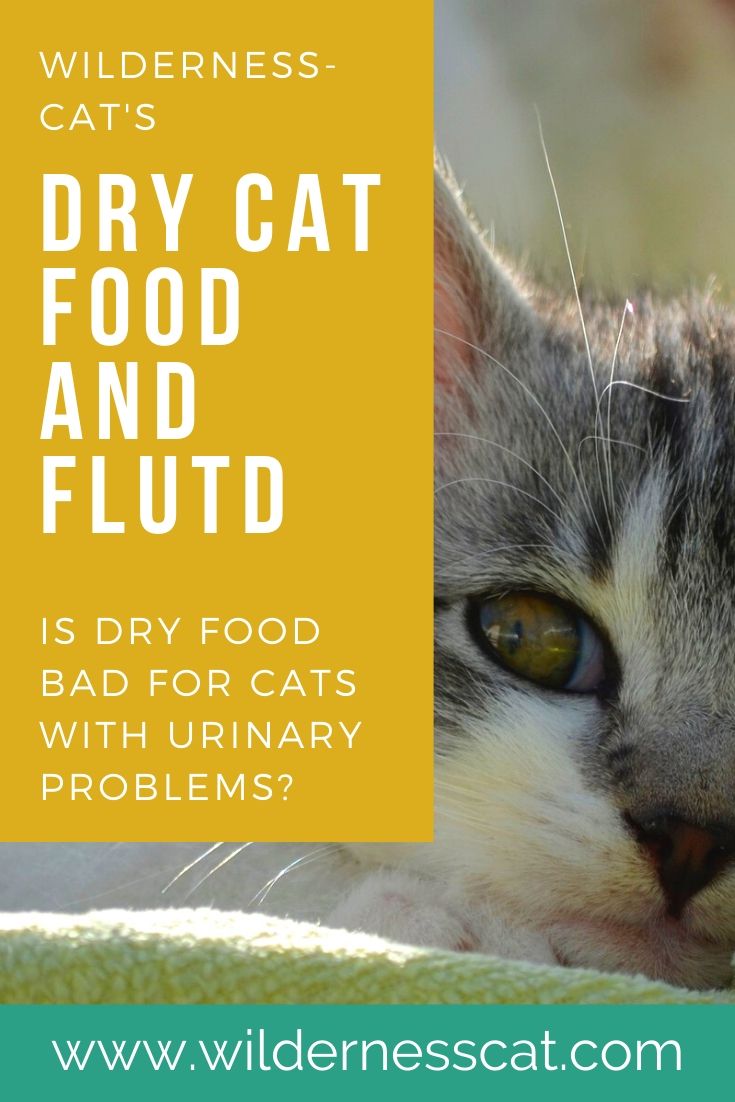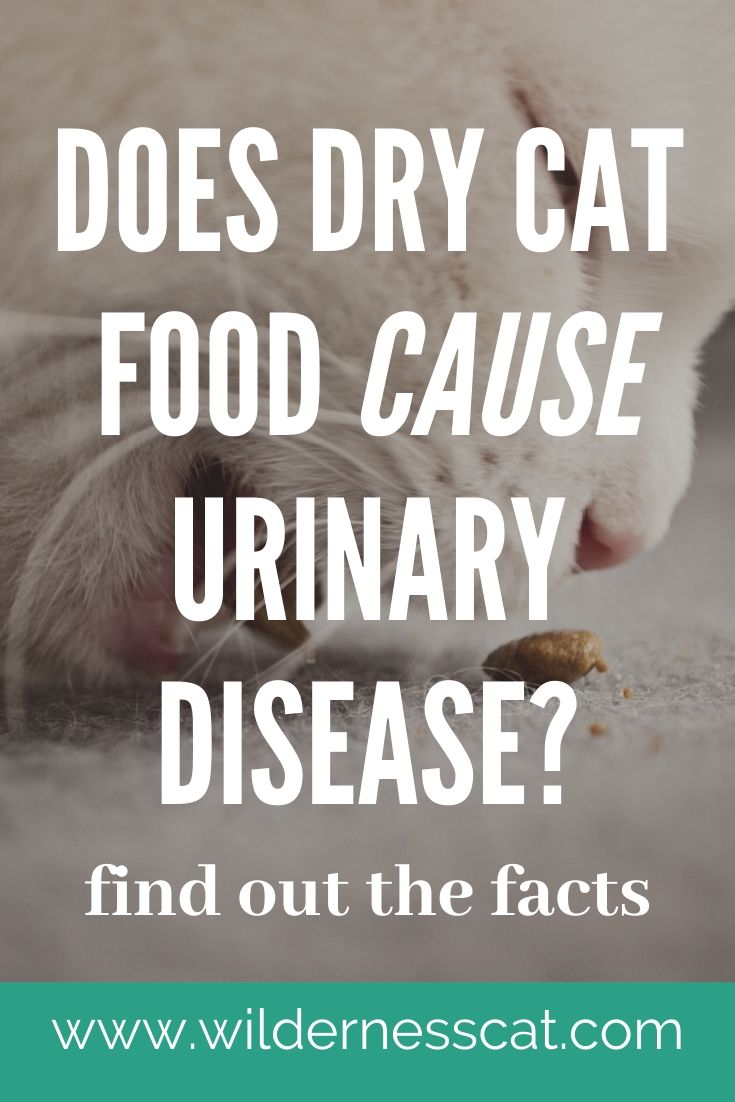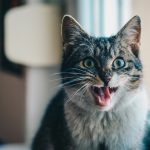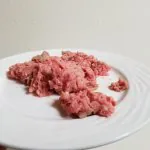Dry Cat Food and Feline Urinary Disease: Is Dry Food Bad for Cats?
Last Updated on
You’ve noticed that there’s something wrong with dry cat food—there appears to be a distinct connection between dry cat food and feline lower urinary tract disease (FLUTD). In this article, we’re going to take a deeper look at this issue and find out if dry cat food can cause feline urinary tract disease.
Quick Navigation
- 1. People have noticed a correlation between dry cat food and urinary issues.
- 2. Dry cat food could dehydrate your cat.
- 3. What do scientific studies say about dry cat food and FLUTD?
- 4. So, is there a link between dry cat food and feline urinary tract disease?
Disclaimer: Some of the products recommended in this post have affiliate links. If you make a purchase through these links, we’ll receive a small commission, but it won’t cost you any extra. Thank you!
People have noticed a correlation between dry cat food and urinary issues.
Maybe you’ve observed this in your own experience with cats or you’ve heard anecdotes from other cat owners—cats who eat dry food often develop urinary issues or FLUTD.
Feline lower urinary tract disease is one of the most common feline diseases and dry cat food is the most popular type of cat food available, so this correlation is obviously not enough evidence for us to state that dry food is directly related to FLUTD. Instead, we’ll dive into our personal experience with FLUTD and take a look at studies that indicate dry food can increase the chances of feline urinary disease.
Let’s start with our FLUTD story—the moment we realized dry cat food might not be the safe choice we thought it was.
Our cat developed FLUTD while on a dry diet.
Wessie was the typical FLUTD patient. He was a young, neutered male cat who also ate dry cat food. One day he was fine, the next he was unsuccessfully straining in the litter box.
Disclaimer: We are not veterinarians. If your cat is suffering from urinary issues, please consult a veterinarian and get them treated. FLUTD is serious and requires immediate attention. It is difficult to accurately diagnose your cat at home. This article is based on our experience and research and is intended as a resource, not as medical advice.
One of the first steps we took to aid in Wessie’s treatment was to switch him onto a wet food diet.
We were fortunate, and within several days, Wessie was back to his old self. He was urinating regularly and was no longer straining in the litter box. We continued feeding him a canned diet for a while but eventually decided to switch him back to dry food. It was more convenient and we didn’t realize what kind of impact it could have on his health at the time.
A couple of days after we switched him back to dry food, his urinary issues came back. We put him on wet food and didn’t look back—and Wessie’s urinary problems stayed away, too.
That’s the moment we began to wonder how much of an impact moisture could have on our cats’ chances of developing FLUTD. We know ash content and pH can affect a cat’s urinary health, but how important are those details compared to something simple like dry vs. wet? Let’s dive into what we learned and find out how big of a factor dry food is in feline urinary health.
Dry cat food could dehydrate your cat.
The most compelling argument against dry cat food is the fact that it leads to chronic dehydration. Cats are obligate carnivores. This means that not only can cats healthily subsist upon meat, meat, and nothing but meat—they also need this meat in order to thrive! Cats can’t derive the nutrition they need from plants.
In the wild, a cat would eat whole prey. That prey is largely made of water and is quite hydrating alone. The cat would live off of their prey and perhaps a little bit of water. They have a naturally low thirst drive and would seldom drink the amount of water necessary to compensate for a 100% dry diet.
While cats who eat dry food usually drink more water than cats who eat a wet diet, it’s unlikely that they’ll chug enough water to completely make up for the dryness of their food.
“…a cat on a canned food diet consumes approximately double the amount of water consumed by a cat eating dry food when all sources (food and water bowl) are considered.” – Lisa Pierson, DVM
The urinary tract, including the bladder and kidneys, demands proper hydration so that urine can constantly flush through the system. Without proper hydration, this won’t happen and urinary tract disease can be a result.
Shop wet cat food on Chewy.com
What do scientific studies say about dry cat food and FLUTD?
The Jerusalem study.
The Jerusalem study was published in a 2011 edition of the Journal of Feline Medicine and Surgery. It revealed that of 82 cats diagnosed with urethral obstruction, 83% consumed only dry food. The remaining cats consumed both dry and wet. None of the cats suffering from urethral obstruction ate only wet food. In the healthy control group, a little over half of the cats consumed dry food—the most popular type of food for cats. Other observations from this study were that the sick cats tended to be younger, heavier, and more likely to live indoors than the healthy cats.
This study doesn’t prove that dry diets and urinary tract disease go hand in hand, but Karen Becker, DVM, is convinced that there’s a connection. Her studies and firsthand experience as a veterinarian makes her believe there’s enough evidence that it’s an area worth exploring deeper.
The Journal of Nutrition, Dec. 1998.
Another study from 1998, titled The Effect of Diet on Lower Urinary Tract Diseases in Cats, explores the effect of longterm diet on feline urinary health. The study explores the effects of food pH as well as the food’s moisture content. It’s an interesting read, and if your cat has recurring urinary issues, I highly recommend you read the article to shed some light on how nutrition relates to FLUTD.
While the results varied based on the amount of additional hydration and urine output of the cats involved, the study indicated that a high-moisture diet can cut the recurrence rates of idiopathic feline urinary tract disease in half.
So, is there a link between dry cat food and feline urinary tract disease?
Dry cat food isn’t the only thing that could cause urinary issues, but there’s evidence pointing us to believe that it’s 100% a contributing factor. Scientific studies indicate a significant correlation, and it’s not enough for us to ignore.
Dry food is convenient in the short-term, but in the long run, dry food can lead to your cat developing a life-threatening disease.
We believe a wet diet is your best bet for preventing urinary disease.
A dry diet doesn’t guarantee that your cat will develop urinary tract disease, but it certainly doesn’t insure against it. One way to help prevent urinary disease is to feed your cat a moisture-rich diet. Canned or raw meat diets should be at least 75% moisture and will help to keep your cat’s system flushed and healthy.
We put together a guide of the best wet cat foods to promote urinary health, so be sure to check it out if you’re not sure which food to choose!
>> What is the Best Urinary Cat Food? Best Cat Food for Urinary Tract Health
Did you find this post useful? Pin it for later!










